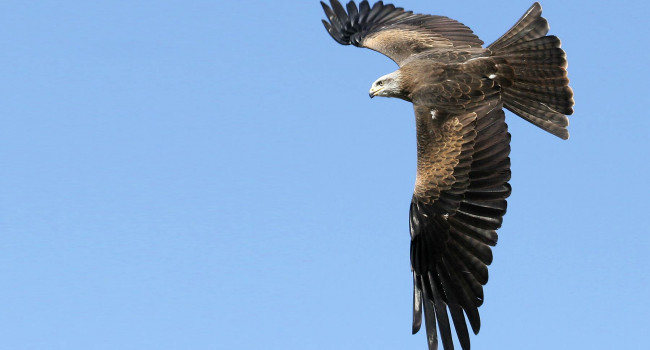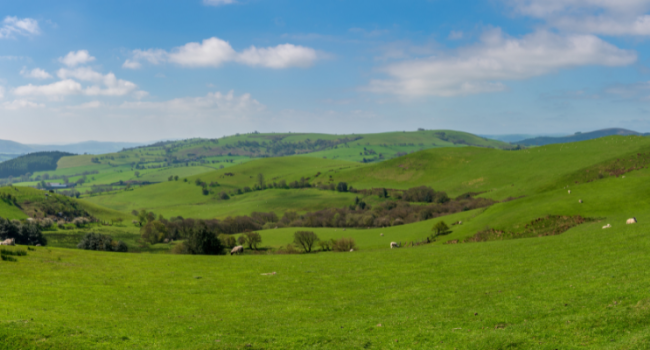Consequences of population change for local abundance and site occupancy of wintering waterbirds

Author(s): Méndez, V., Gill, J.A., Alves, J.A., Burton, N.H.K. & Davies, R.G.
Published: September 2017
Journal: Diversity and Distributions
Digital Identifier No. (DOI): 10.1111/ddi.12653
Protected sites for birds are typically designated based on the site’s importance for the species that use it. For example, sites may be selected as Special Protection Areas (under the European Union Directive on the Conservation of Wild Birds) if they support more than 1% of a given national or international population of a species or an assemblage of over 20,000 waterbirds or seabirds. However, through the impacts of changing climates, habitat loss and invasive species, the way species use sites may change. As populations increase, abundance at existing sites may go up or new sites may be colonized. Similarly, as populations decrease, abundance at occupied sites may go down, or some sites may be abandoned. Determining how bird populations are spread across protected sites, and how changes in populations may affect this, is essential to making sure that they remain protected in the future.
These findings come from a new study by Verónica Méndez and colleagues from the University of East Anglia working with BTO. Using Wetland Bird Survey (WeBS) data the study looked at changes in the population sizes and distributions of 19 waterbird species across Britain during a period of 26 years and their effect on local abundance and site occupancy.
Some of these species saw steady increases in population size (up to 1,600%, Avocet), whereas other saw mild declines (-26%, Purple Sandpiper and Shelduck). The results showed that changes in total population size were predominantly reflected in changes in local abundance, rather than through the addition or loss of sites. This is possibly because waterbirds tend to be long-lived birds, with high site fidelity and new suitable sites may not always be available. Thus colonisation of new sites may typically occur when their existing sites approach their maximum capacity. As changes in populations are largely manifested by changes in local abundance – and as sites are often designated for many species – the numbers of sites qualifying for site designation are unlikely to be affected.
Understanding the dynamic between population change and change in local abundance will be key to ensuring the efficiency of protected area management and ensuring that populations are adequately protected. Data from the Wetland Bird Survey and its predecessor schemes, which are celebrating 70 years of continuous monitoring of waterbirds this year, have been integral to both the designation of protected sites and monitoring of their condition. Continuation of this monitoring through future generations will ensure that the impacts to waterbird populations of future environmental changes may be understood.
Abstract
Population size changes can lead to changes in local abundance and/or site occupancy, depending on the processes influencing site use by individuals. Here, we quantify such changes for wintering waterbirds and assess their implications for widely used conservation strategies in which sites that support in excess of a given proportion of a population are prioritized for protection.
Location
Britain.
Methods
We use long-term survey data to quantify changes in population size and distribution for 19 waterbird species across Britain.
Results
Population changes in these species have varied greatly (from declines of ~25% to increases of >1,600%) over 26 years, and we show that change in local abundance was the predominant consequence of these changes, while colonization of new sites mainly occurred in response to large population increases. For most species, changes in abundance and occupancy were spatially dependent over relatively short distances, consistent with (but not conclusive of) density-dependent spillover. Levels of occupancy among species were negatively associated with proportions of sites, and populations within sites, exceeding the 1% of total population threshold for site protection. For species increasing in overall population size, the occurrence of small incipient populations at new sites resulted in declines in the number of sites supporting >1% of the total population and the proportion of the population supported by these sites.
Fluctuations in waterbird population size are more likely to result in changes in local abundance than distribution. Consequences of population change for site protection when abundance thresholds are used for site designation depend on shifts in the evenness of distribution of abundances across sites, and whether occupancy is increasing or decreasing. Range-expanding species have an increased likelihood of losing some sites, and populations within sites, exceeding the 1% of total population threshold for site protection.







Share this page